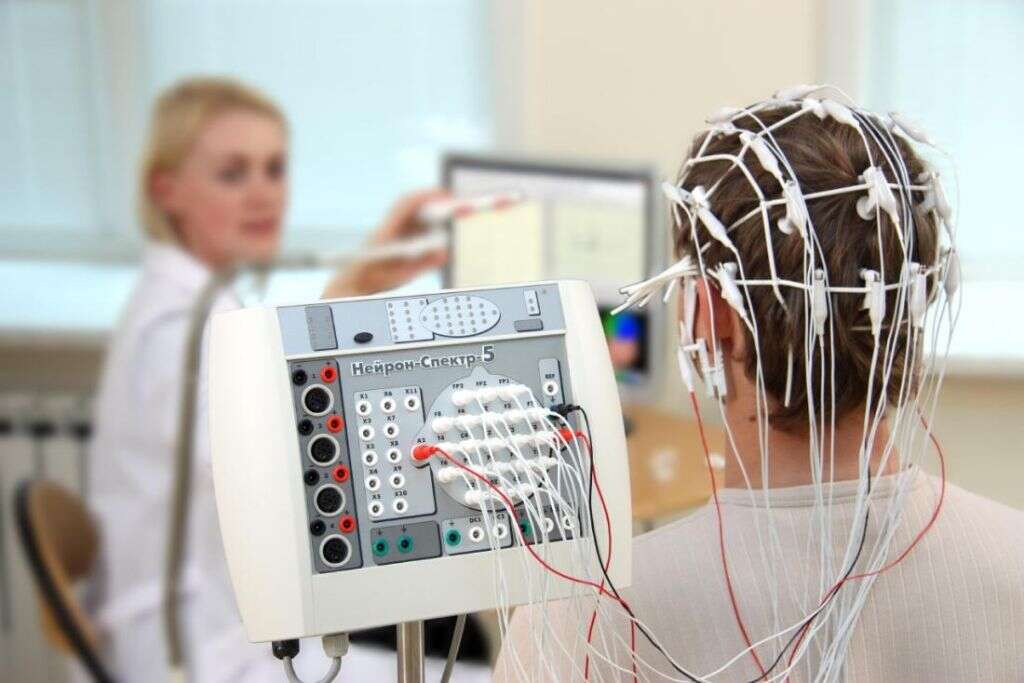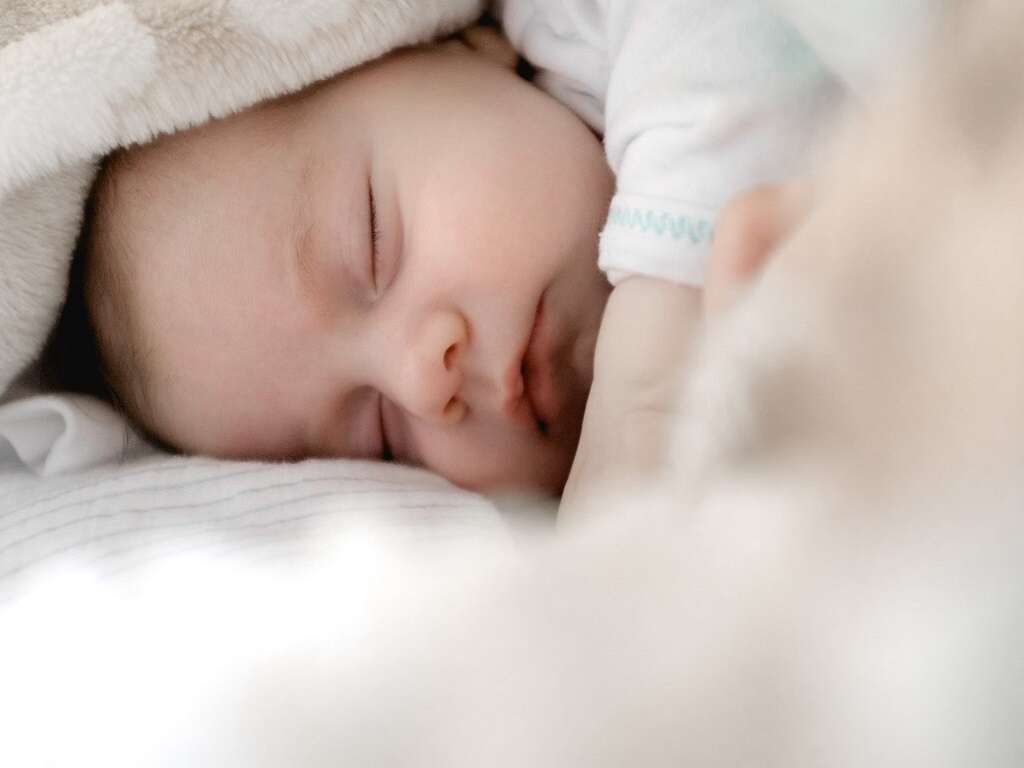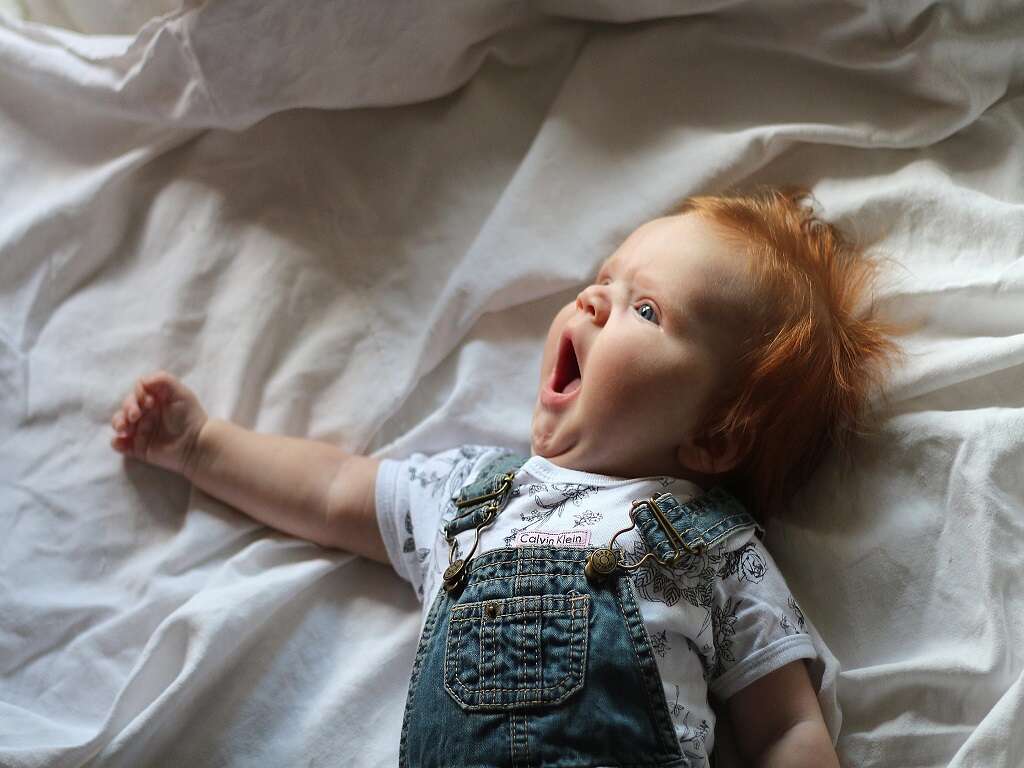What Is a Febrile Seizure?
The thought of your baby falling seriously ill is something that terrifies parents around the world. Some diseases can cause some very alarming symptoms although, in some cases, the symptoms are not as bad as they might first appear. One such symptom is a febrile seizure.
A febrile seizure will usually occur when a child is sick with something that has caused a fever. It is a terrifying experience for parents who will usually not be aware of what is happening the first time it happens. The good news is that it looks a great deal worse than it usually is, but it is still wise to take precautions.
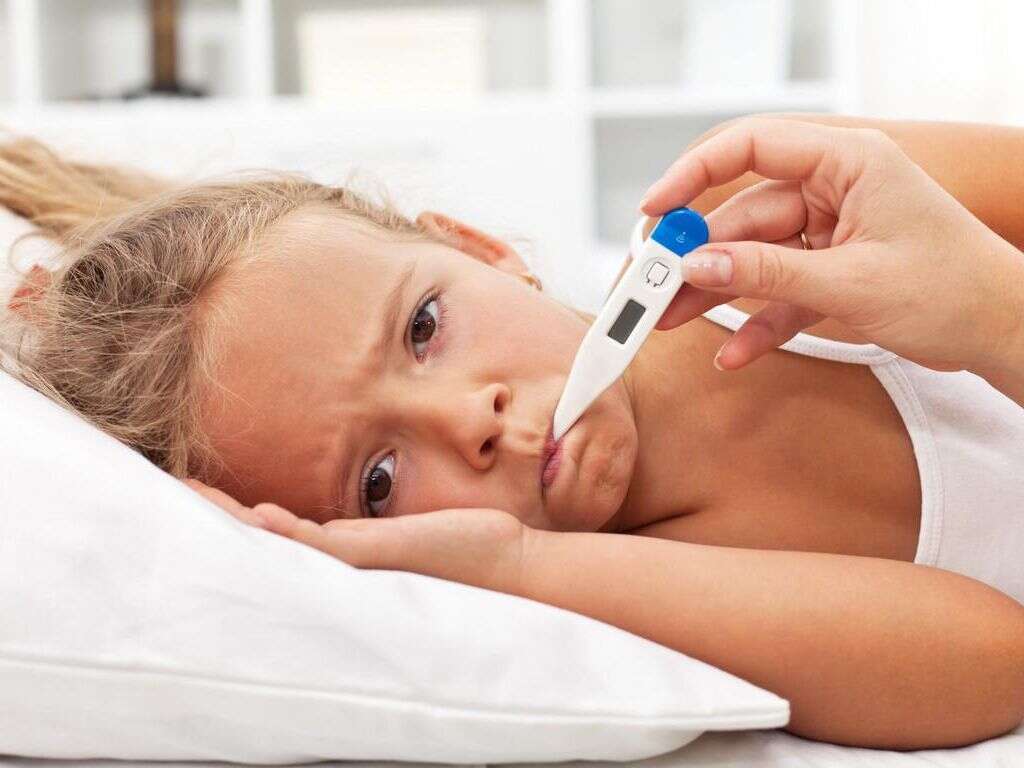
1. Causes
We are not sure why febrile seizures occur, although they are closely associated with a fever. Most of the time, a febrile seizure will occur in a patient that has a viral or bacterial infection. Examples of such an infection include ear infections, the flu, tonsillitis, and chickenpox.
These tend to raise a fever which, in turn, can result in a febrile seizure. There is also thought to be a genetic link in some cases, with the patient more likely to experience them if there is a history of it in the family. Febrile seizures can also sometimes be caused by vaccines, but this is very rare.

2. Usually Harmless
While seeing any young child have a seizure is likely to be very harrowing for any parent, it is thankfully not something to be concerned about. Not that this is likely to settle the nerves of the parents, especially when it happens for the first time.
The vast majority of children that have a febrile seizure will make a full recovery once the episode is over. The seizure will usually be over within 5 minutes or so, and there will usually be no lasting harm done to the patient. Regardless it is still a good idea to get them emergency medical care in case, especially if it has not happened before.
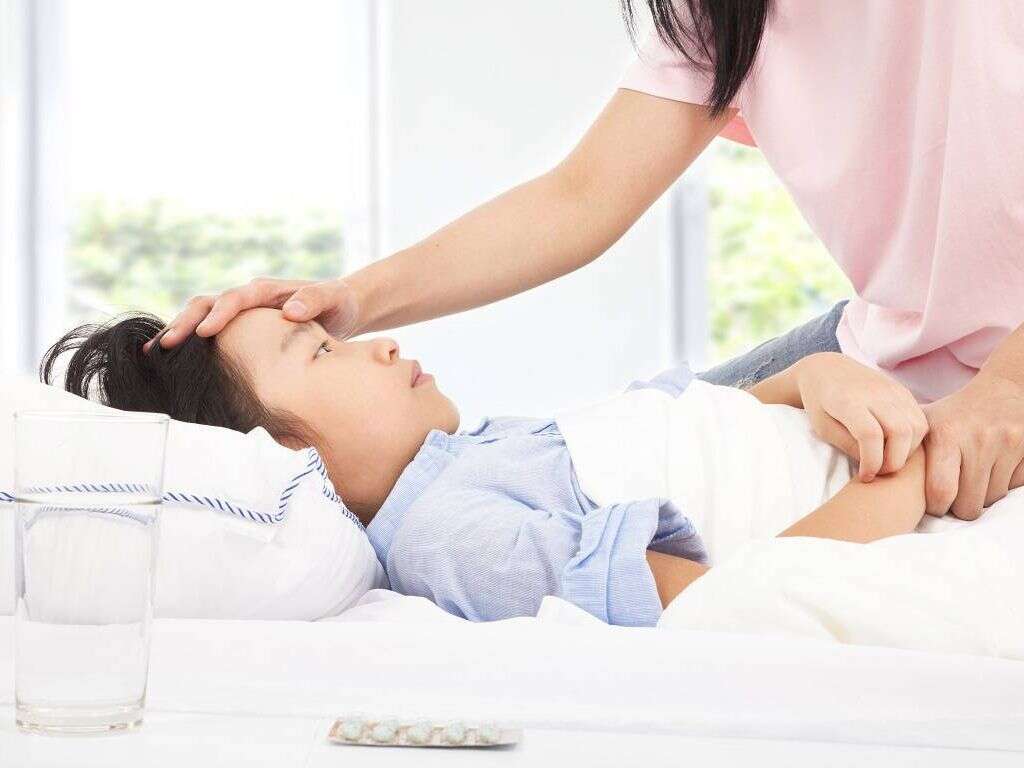
3. Symptoms
The symptoms of a febrile seizure tend to be quite visually alarming, enough to make a lot of parents panic. Thankfully, though, the symptoms are quite superficial and the patient is usually quite safe. Depending on the severity of the seizures, the patient limbs can go stiff, and their muscles can contract and relax constantly.
Some patient’s eyes will roll back into their head, while some will also vomit and foam can develop at their mouth. Many will also soil themselves, and they may also go unconscious. Going unconscious is also terrifying for many parents but, again, the patient should be just fine.
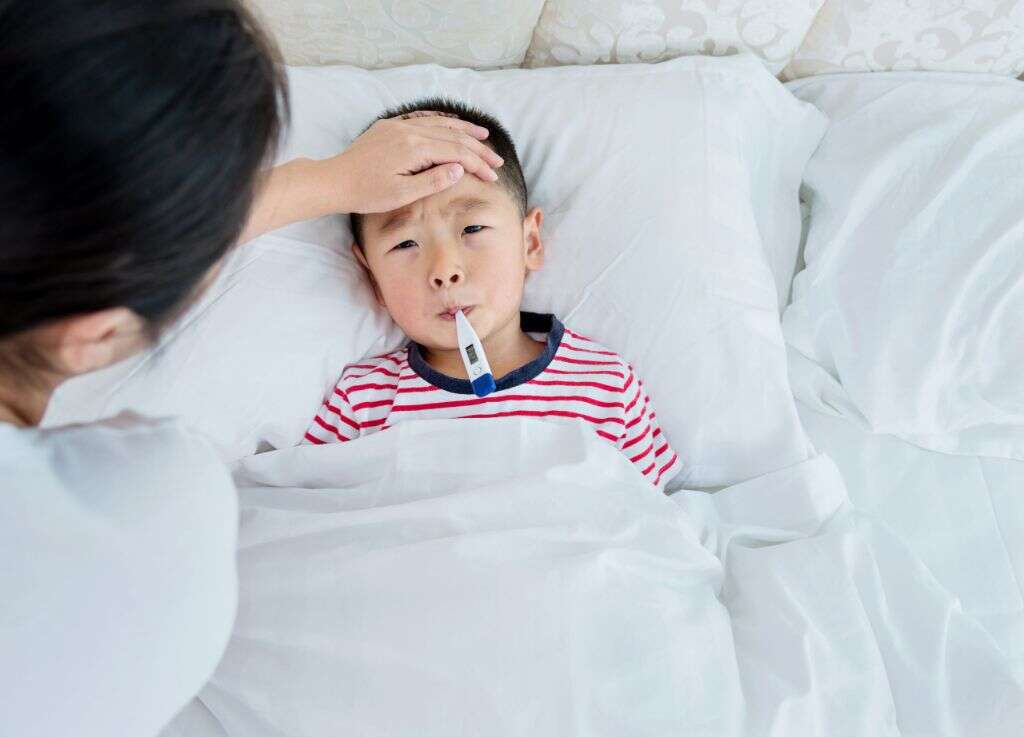
4. Recovery
As mentioned, in the vast majority of cases, the patient will be just fine. Regardless, many patients might still have taken their child to an emergency room and this is completely understandable. If you did remain at home then you should try and give the patient some time to recover.
After a seizure, the patient is likely to be very tired and will need some time to sleep. If they are not sleeping then they are still likely to be feeling drowsy for a while. The best thing to do is to let them rest and they should soon return to being just the way they were before they had the seizure.
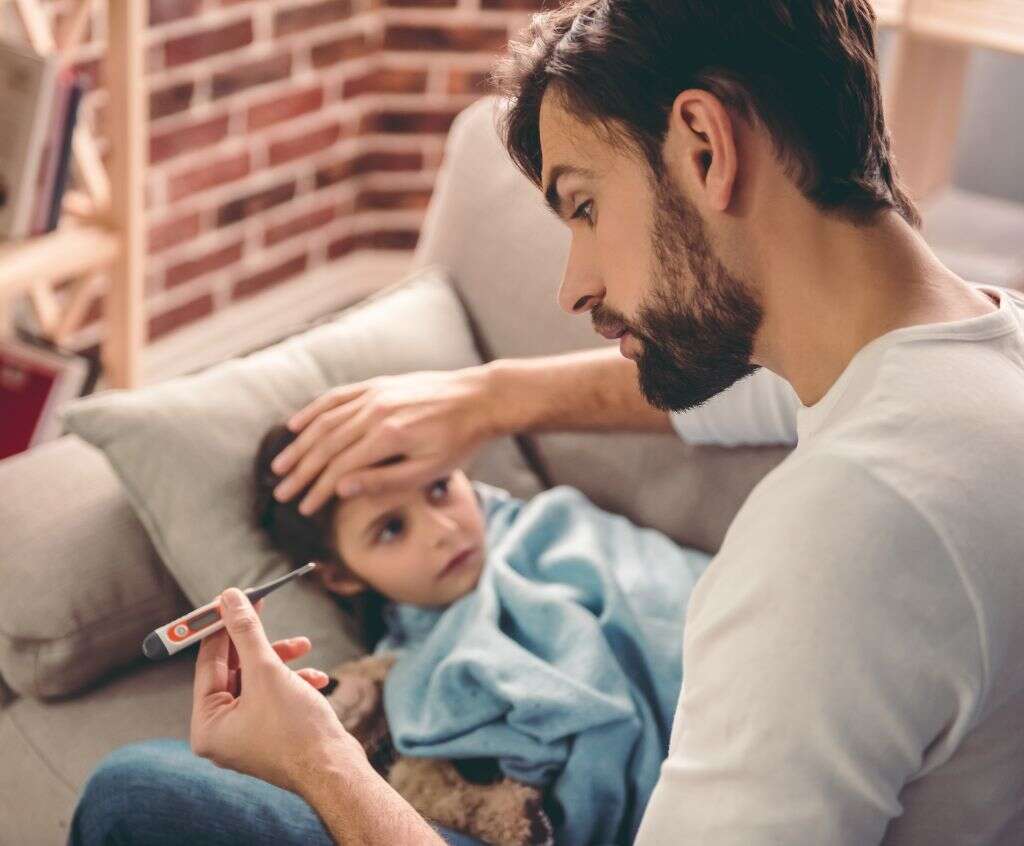
5. Complex Febrile Seizures
Most children will never experience a febrile seizure. When they do occur, however, they will usually only occur once at most on each occasion the child is ill. A febrile seizure should last for only one minute but, in some cases, the patient might have a seizure that lasts for 15 minutes or even longer.
It may also be that only one part of their body is affected, and that the seizures can happen again in the next 24 hours. This is known as a complex febrile seizure, and it is something that should encourage you to speak with a medical professional.
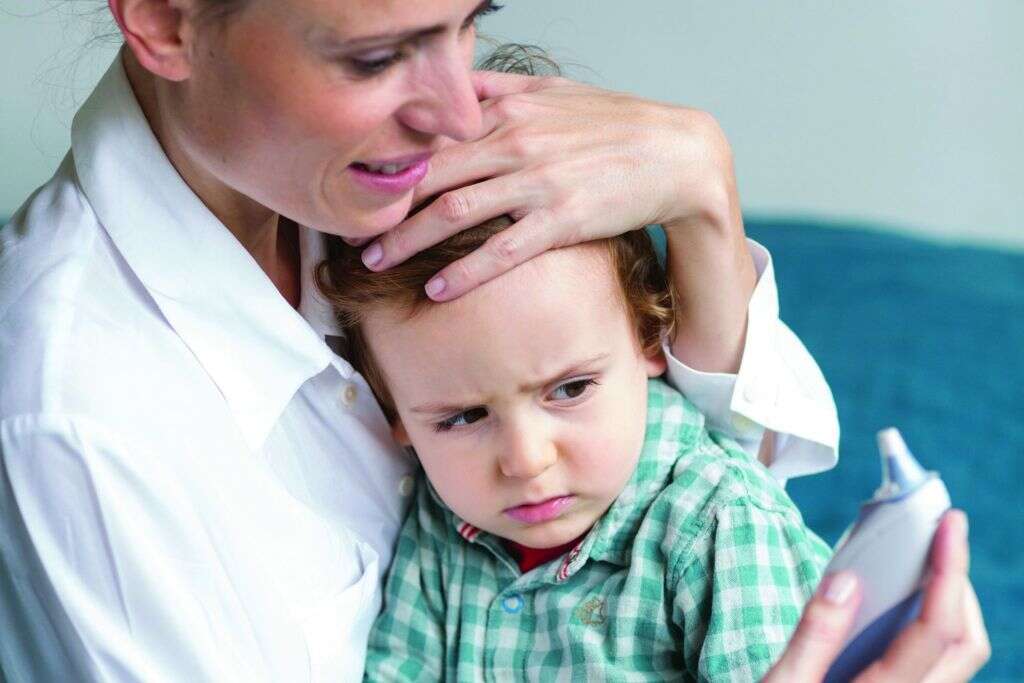
6. Recurrence
It is not common for somebody to have recurring febrile seizures. If one occurs then it is unlikely it will happen again. However, there are some factors that can make it more likely that a seizure will occur again. One of these factors is that there is a history of epilepsy and/or seizures in the family.
In addition, a recurrence of febrile seizures is more likely if the first seizure took place before the patient was 18 months old. A higher risk of exposure to certain infections will also increase the chances that a febrile seizure will happen again. Medication to prevent further seizures is not usually recommended.
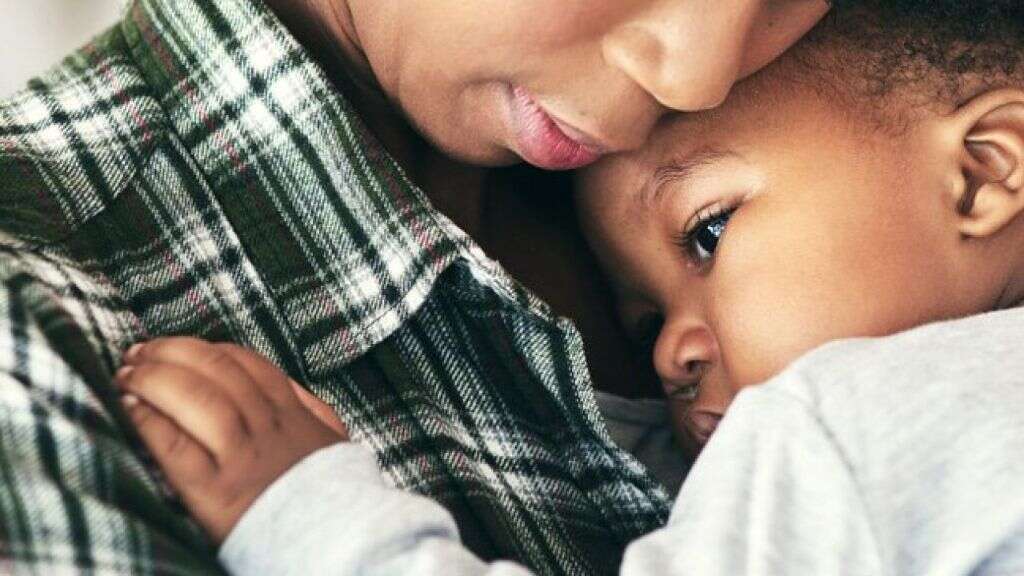
7. What To Do?
While febrile seizures are rarely dangerous, you should still take steps to help ensure that the patient is safe. One of the first things you should do is to make sure that they are laid down in a safe place such as in their crib. This will help to prevent them from accidentally hurting themselves during the seizure.
In addition, you should also make sure that the child is placed in the recovery position. This will help to prevent them from choking on vomit, and ensure that they are able to breathe freely. It might be tempting to put something in their mouths to prevent them from biting their tongue, but this is only likely to make matters worse.

8. Emergencies
While it is true that the vast majority of febrile seizures will not do any harm, there are some cases that should be treated as an emergency. One example is that the child is having seizures for the first time. In such instances, we cannot be too confident that the seizure is not being caused by something potentially serious.
If you do suspect that the seizure is being caused by a serious illness, then you should get help for the baby regardless of how many seizures they’ve had in the past. You should also get professional help if the patient is having difficulty breathing, while you should also seek help if the seizure has not stopped after 5 minutes.
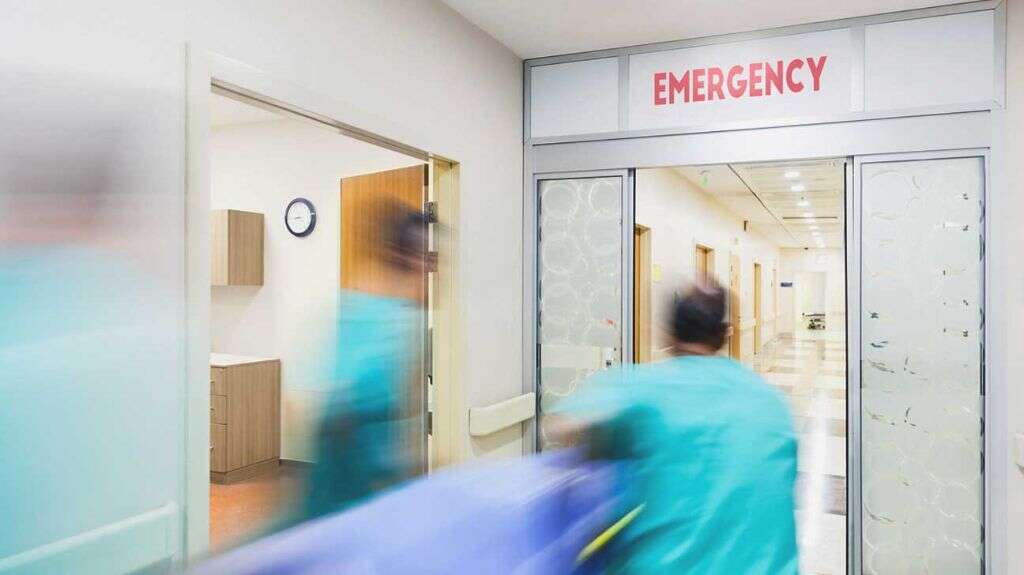
9. Complications
Febrile seizures will not usually result in any complications whatsoever. It can, however, increase the patient’s chances of developing epilepsy, although this risk is still fairly small. Epilepsy is a condition that is itself not usually directly dangerous for the patient. However, it can be dangerous in certain situations such as if the patient is in water or driving a car at the time of a seizure.
Epilepsy itself can usually be treated. This usually involves medication and most epileptics will stop having seizures, even if they do have to continue with their medication. Surgery might be required in a small number of cases, while implants that help to regulate electrical impulses are also sometimes used.

10. Testing
While a febrile seizure is not usually something to worry about, it is still a good idea to investigate further if it happens too often. In some instances, it might be down to epilepsy and it is important to reach a diagnosis so the patient can be treated accordingly.
Testing will often involve the use of an electroencephalogram (EEG). This is a machine that measure the activity of electricity in the brain and is often used to help detect epilepsy. In other cases, a sample of the patient’s cerebrospinal fluid may be taken to look for infections of the central nervous system
